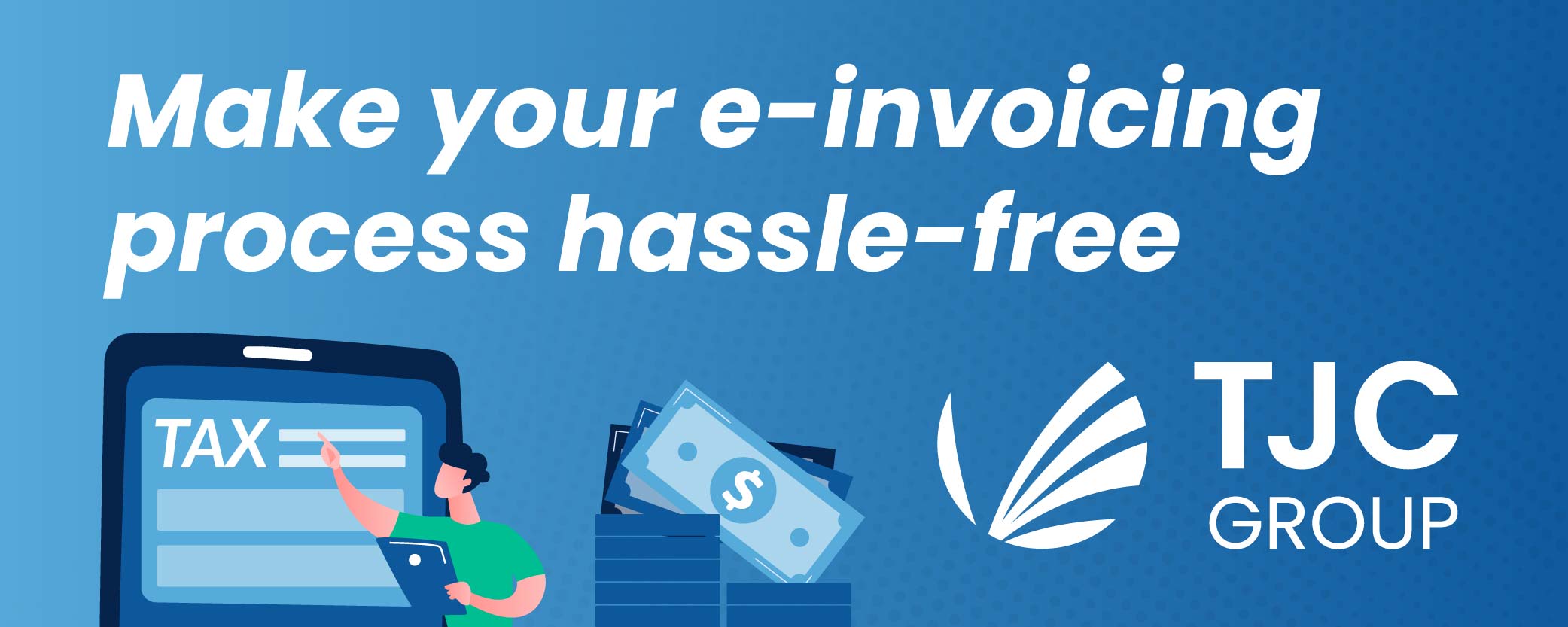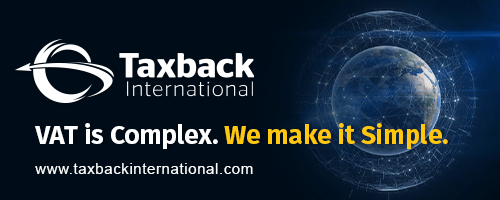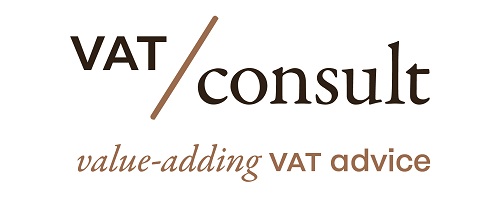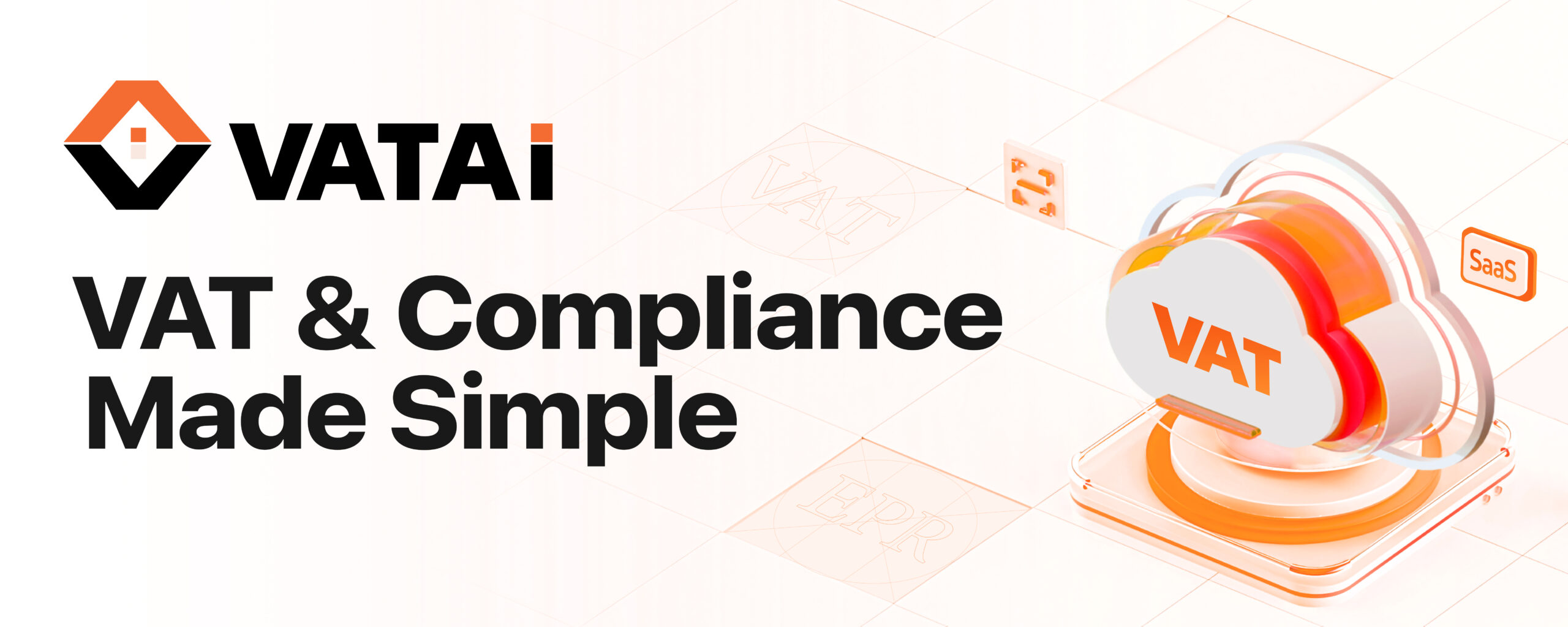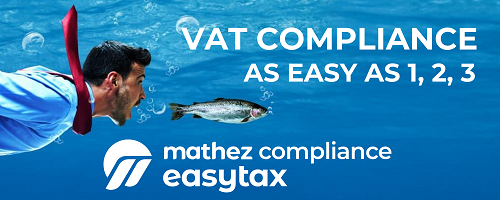On Sept 16, 2020, the ECJ issued his decision on C-312/19 (Valstybinė mokesčių inspekcija). This case is about a partnership, termination, who is liable, and to what extent.
Context: Reference for a preliminary ruling – Directive 2006/112/EC – Common system of value added tax (VAT) – Article 9(1) – Article 193 – Concept of ‘taxable person’ – Joint activity agreement – Partnership – Allocation of an economic transaction to one of the partners – Determination of the taxable person liable for the tax
Article in the EU VAT Directive
Article 9(1) and 193 of the EU VAT Directive 2006/112/EU
Article 9 (Taxable person)
1. “Taxable person” shall mean any person who, independently, carries out in any place any economic activity, whatever the purpose or results of that activity.
Any activity of producers, traders or persons supplying services, including mining and agricultural activities and activities of the professions, shall be regarded as “economic activity”. The exploitation of tangible or intangible property for the purposes of obtaining income therefrom on a continuing basis shall in particular be regarded as an economic activity.
Article 193 (Liability to pay VAT)
VAT shall be payable by any taxable person carrying out a taxable supply of goods or services, except where it is payable by another person in the cases referred to in Articles 194 to 199b and Article 202.
Facts
- A partnership (to work together on the construction of a residential property) purchases a plot of agricultural land in Vilnius, for which they signed a purchase agreement.
- The partners have chosen to register ownership of the plot in one of the partner’s name (the applicant).
- They also decided to build a complex of five buildings, to entrust the applicant with arranging all the necessary building documents and to appoint the private limited liability company Konsela, of which the applicant was director, for the construction supervision.
- For this, the applicant has received a building permit issued in his name from the municipal administration.
- The building contract was signed by the applicant as a buyer.
- The contractor issued VAT invoices for the construction of the buildings on 05.02.2011 and one for number five on 11.02.2013.
- On 02.12.2010, the applicant and his business partner concluded an agreement to terminate the partnership of 19.02.2010 and to apportion the assets and liabilities.
- On the basis of this agreement, it was decided to terminate the partnership and grant the business partner the right to the assets presented (buildings 4 and 5), and the applicant undertook to inform his business partner before 2017 of the difference between his contributions and the share in to repay the joint assets in the amount of LTL 300 000.
- On the basis of that agreement, the buildings with numbers 1-3 belonged to the applicant.
- The applicant and his business partner have sold four of the five buildings at different times.
- They did not classify these sales of immovable property as (economic) activities subject to VAT and therefore they did not calculate and enter the VAT payable by the buyers, did not declare it and did not pay it, and did not deduct VAT.
- After a tax inspection at the applicant concerning income tax and VAT for 2010 to 2013, the local tax authorities classified the disputed supplies as a single activity subject to VAT and the applicant was regarded as a taxable person who was obliged to meet the VAT obligations for all those supplies.
- This has been confirmed by the Vilnius tax inspection.
- The objection to this was rejected several times. They did not classify these sales of immovable property as (economic) activities subject to VAT and therefore they did not calculate and enter the VAT payable by the buyers, did not declare it and did not pay it, and did not deduct VAT.
The question arises as to whether the taxable person must be regarded as being solely the applicant or both partners in the partnership, that is, the applicant and his business partner jointly. The case-law of the Court emphasizes independence in the exercise of an economic activity, in the sense that any person who objectively meets the criteria of that provision is liable for VAT. The question is therefore whether the applicant has carried out “independent” economic activities. If both are indeed taxable, the question is how the allocation should be made between the applicant and the business partner.
Questions
- Must Articles 9 (1) and 193 of Council Directive 2006/112 / EC of 28 November 2006 on the common system of value added tax be interpreted as meaning that, in circumstances such as the present, a natural person such as the applicant cannot be regarded as having ‘independently’ pursued the relevant (economic) activity and having to pay the VAT on the disputed supplies alone, or, in other words, for the purposes of Articles 9 (1) and 193 of the VAT Directive the taxable person liable to the obligations in question the partnership (the partners in the partnership together;in the present case, the applicant and his business partner jointly) who, under national law, are not classified as taxable persons and do not have legal personality – and not just a natural person such as the applicant?
- If the first question is answered in the affirmative, is Article 193 of the VAT Directive to be interpreted as meaning that in circumstances such as the present case, any partner in the partnership (in this case the applicant and his business partner) – which partnership is not governed by national law considered as a taxable person and does not have legal personality – must pay VAT separately on the share in each payment that they have received (or have yet to receive or still have to pay) for the taxable delivery of immovable property? Must Article 287 of the VAT Directive be interpreted as meaning that, in circumstances such as the present, the annual turnover referred to in that provision is determined on the basis of the overall revenue from the partnership’s activity (which the partners in the partnership have jointly received)?
AG Opinion
(1) Article 9(1) and Article 193 of Council Directive 2006/112/EC of 28 November 2006 on the common system of value added tax are to be interpreted as meaning that the taxable persons referred to therein must be able to enter into legal relationships, identify VAT on an invoice and collect it on the basis of the agreed price. This depends upon their capacity to act as such in legal transactions under the national legal system, that is their legal capacity.
(2) Article 9(1) and Article 193 of Directive 2006/112/EC are to be interpreted as meaning that a person with the capacity to be a taxable person performs the economic activity concerned ‘independently’ if he acts in his own name and on his own behalf (or on behalf of a third party within the framework of trading for commission), as the applicant did in this case.
Decision
Article 9(1) and Article 193 of Council Directive 2006/112/EC of 28 November 2006 on the common system of value added tax must be interpreted as meaning that a natural person who has concluded with another natural person a joint activity agreement setting up a partnership, which lacks legal personality and is characterised by the fact that the first person is empowered to act in the name of the partners as a whole, but participates alone and in his or her own name in relations with third parties when performing acts that form the economic activity pursued by that partnership, must be regarded as a ‘taxable person’ within the meaning of Article 9(1) of Directive 2006/112 and as having sole liability for the value added tax payable under Article 193 of that directive, since he or she acts on his or her own behalf or on behalf of another person as a commission agent as provided for in Article 14(2)(c) and Article 28 of that directive.
Source
Newsletters
- BTW jurisprudentie in Dutch
- Francisco Javier Sánchez Gallardo
- Taxlive.nl (in Dutch)
- EY
- Deloitte
- Taxence (in Dutch)









